The Chinese development model is undergoing a process of re-examination, says INDE.Awards strategic partner Green-Blue International. The agency’s Founder Feng Gao shares perspectives on China’s architecture and design.

52Arts (Shenzhen) by PAL Design Group. Shortlisted, The Learning Space, INDE.Awards 2018. Photo by Dick Liu
March 23rd, 2020
Beijing- and Hong Kong-based INDE.Awards strategic partner Green-Blue International knows its market well. The agency provides content strategy, public relations and event organisation services to Chinese architecture, landscape and design studios. And through its work, it brings news of Chinese design to the world.
A key part of the message is the increasing focus on qualitative aspects of development in China. Agency founder Feng Gao is herself a PhD holder in landscape architecture and has worked for over a decade as an English editor and a PR/brand manager in China. We quizzed her for insider insights into China’s architecture and design industry.
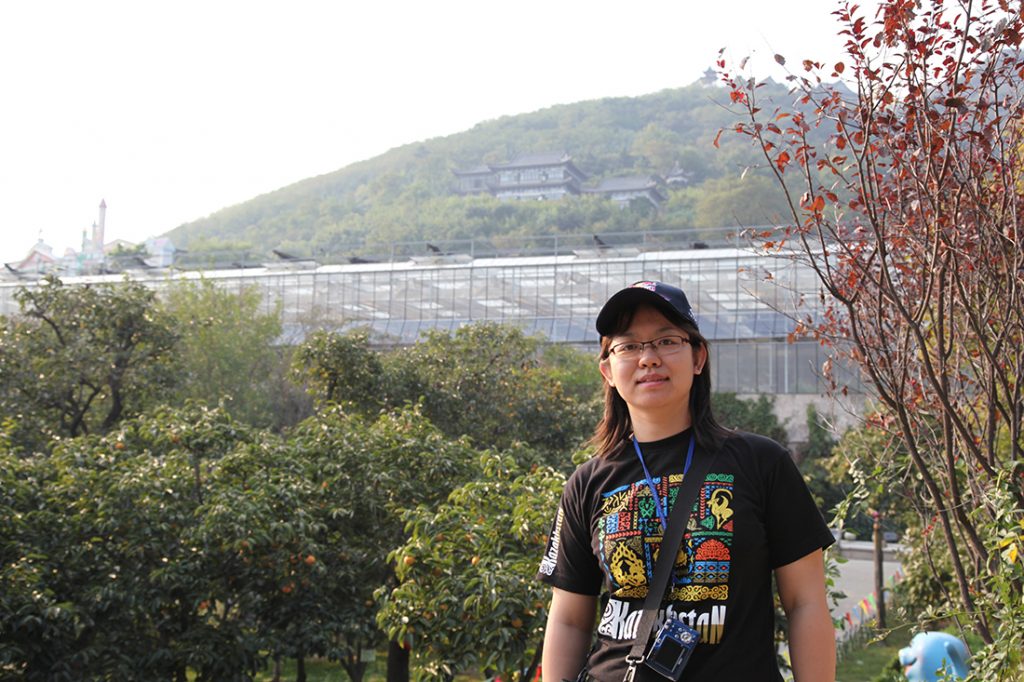
Feng Gao, Founder, Green-Blue International
Benefitting from the Chinese economic boom of recent decades, there’s been an extremely fast development of the Chinese architecture and design industry. Now we have a large number of practices working at the national scale. It is exciting and a unique opportunity for all related professionals. This process is rarely seen in any other parts of the world. It creates a great opportunity and a fast track for Chinese architects and designers to build their vision and upgrade their professional skills, to work with peers in the world’s top studios and harvest valuable practical experience.
Economic development not only creates more opportunities to practice; most importantly, it enriches the experience of lifestyle, which may reflect directly on architects’ works – such as hospitality and housing projects.
The vigorous development of the industry in recent decades has sped up the return flow of generations of Chinese professional talents who have studied and worked overseas. They can represent a professional combination of culture, thoughts, skills and technologies – a bridge between China and the rest of world. Working with outstanding local architects and designers, they can bring greater diversity and creativity into practices.
With more channels open to learn and share professional knowledge, design trends, opinions and works with global peers, Chinese architects and designers are gaining more self-awareness and becoming more comfortable on regional and international platforms.
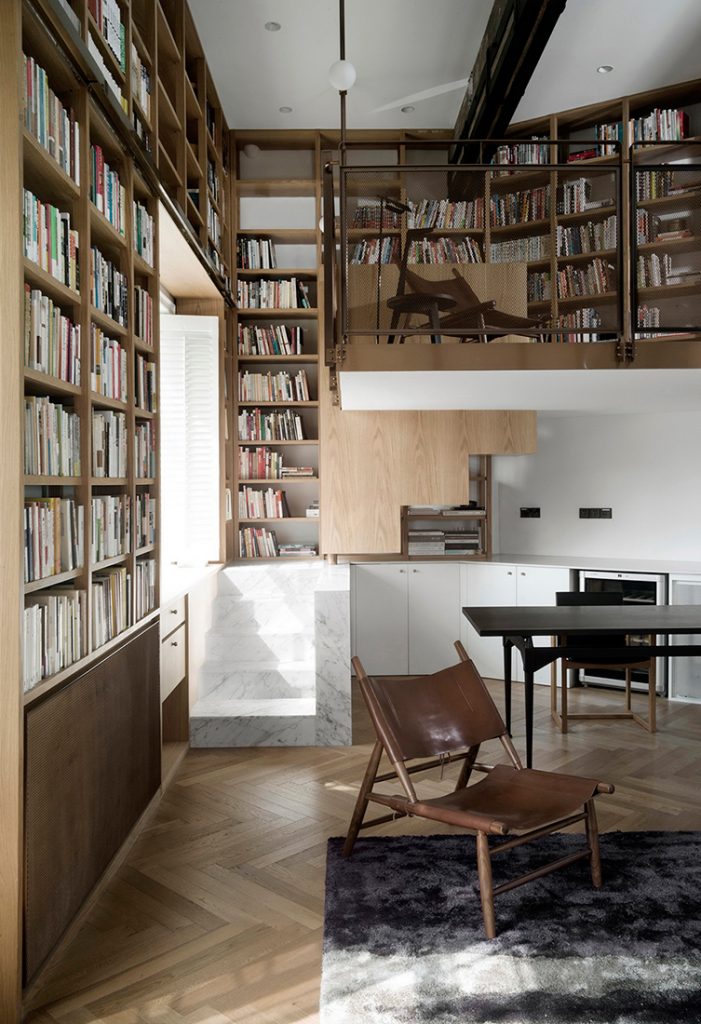
A Home of Study (Shanghai) by Atelier TAO+C. Shortlisted, The Living Space, INDE.Awards 2018. Photo by Shen Zhonghai.
In the process of the rapid development of China’s architectural design industry, almost all types of projects have achieved fruitful development. The most influential may be in the public service category – museums, art galleries and libraries. Meanwhile, in recent years, with the blooming of the tourism industry and people’s pursuit of ‘back to nature’, hospitality and housing design in the countryside have developed rapidly. Quite a lot of excellent case studies have emerged. All of these are in line with the direction of China’s economic development and the pace of social progress.
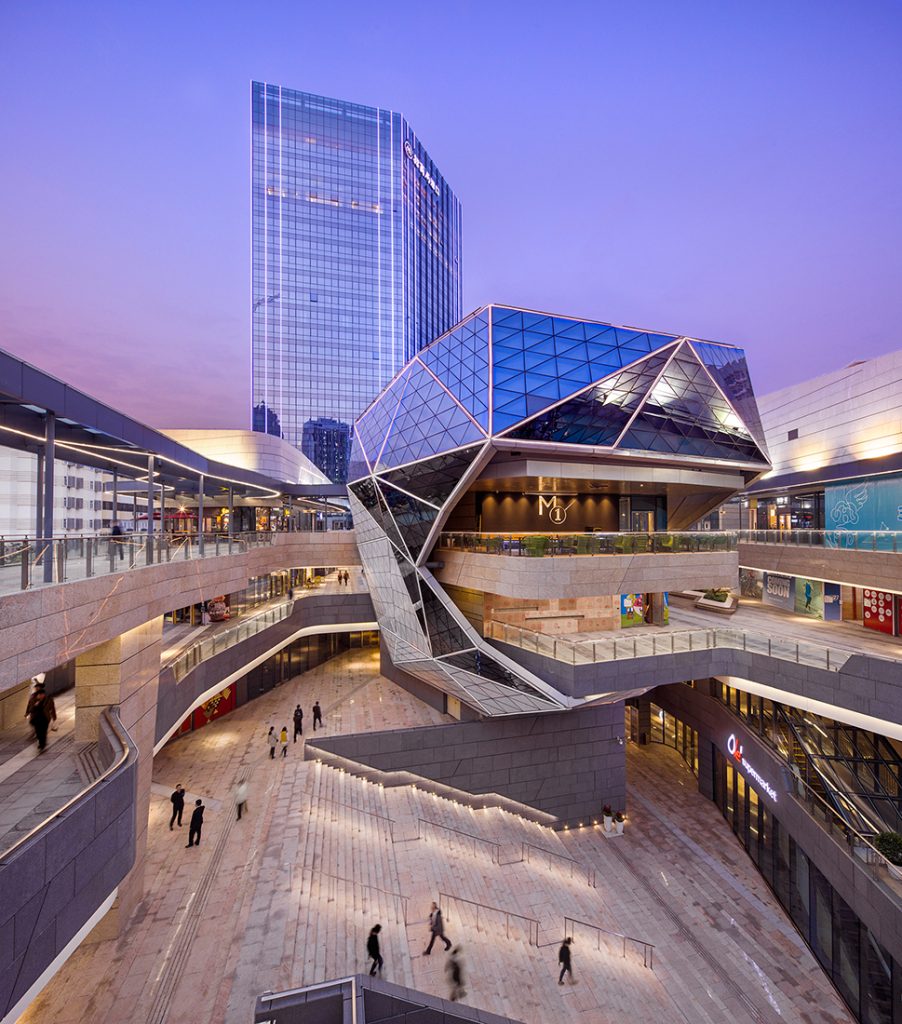
Gateway One Shekou by SPARK. Shortlisted, The Shopping Space, INDE.Awards 2018. Photo by SK Photo
What is most noteworthy is the overall industrial upgrading within the Chinese architecture and design industry. More small- and medium-sized architectural design firms have emerged. They coexist with large-scale, state-owned design institutes and foreign-owned design studios, which enrich the industry’s form and meet diverse market needs.
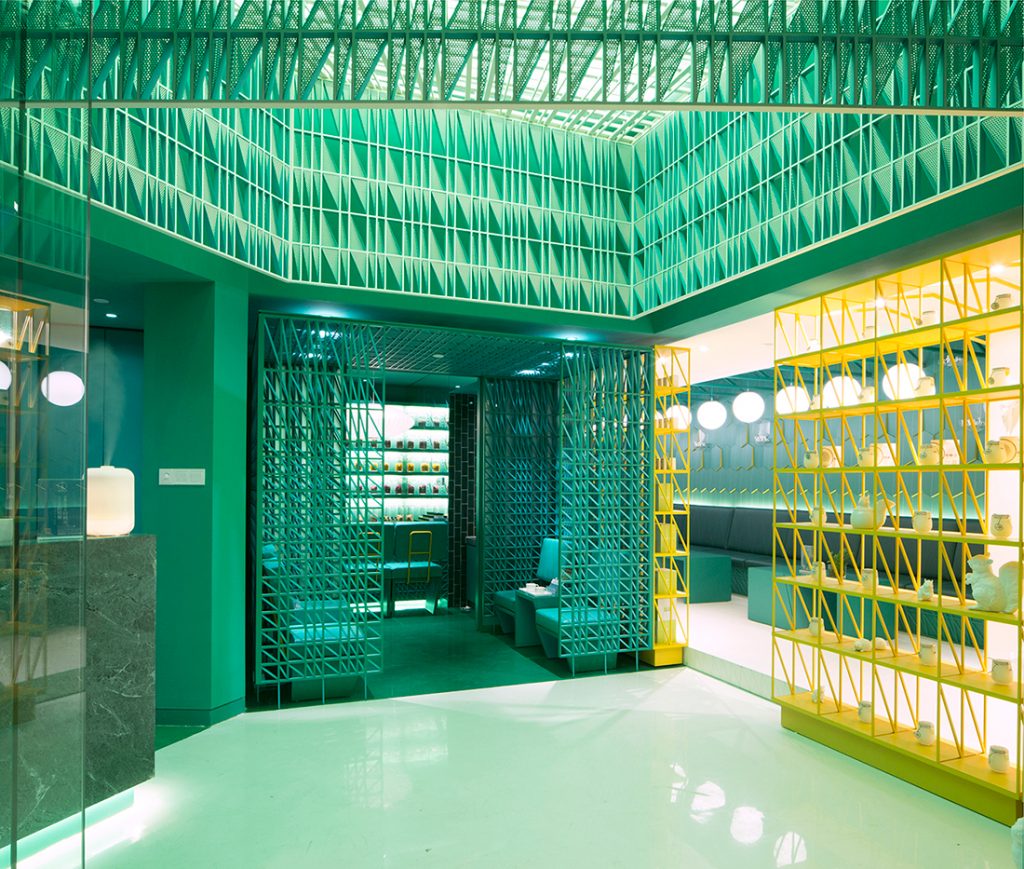
Nimman Spa (Shanghai) by Maos Design. Shortlisted, The Wellness Space, INDE.Awards 2018. Photo by Herman Mao.
From a professional point of view, keeping up with the times is always the main topic faced by professionals. Meanwhile, with the slowdown of China’s economic growth, the field of architectural design is also facing transformation in terms of its development model – from ‘quantity and scale’ to ‘quality and innovation’. This is also a process of re-examination, which is very beneficial to the sustainable and healthy development of the industry in the long term.
In this process, with the main market shifting from megacities to large, medium or small cities and towns, architects and designers need to make self-adjustments. And I believe the professionals need to continue exploring the essence and history of Chinese native culture and local customs. It is pleasing to see quite a lot of the younger generation of architects are doing this very much and progressively in their own ways.
Some aspects are still crucial in improving architects’ competitiveness, such as continuing to enrich personal and professional experiences; to follow closely global industry development and technological progress; to fully understand policies, regulations and user requirements; to localise professional knowledge, et cetera.
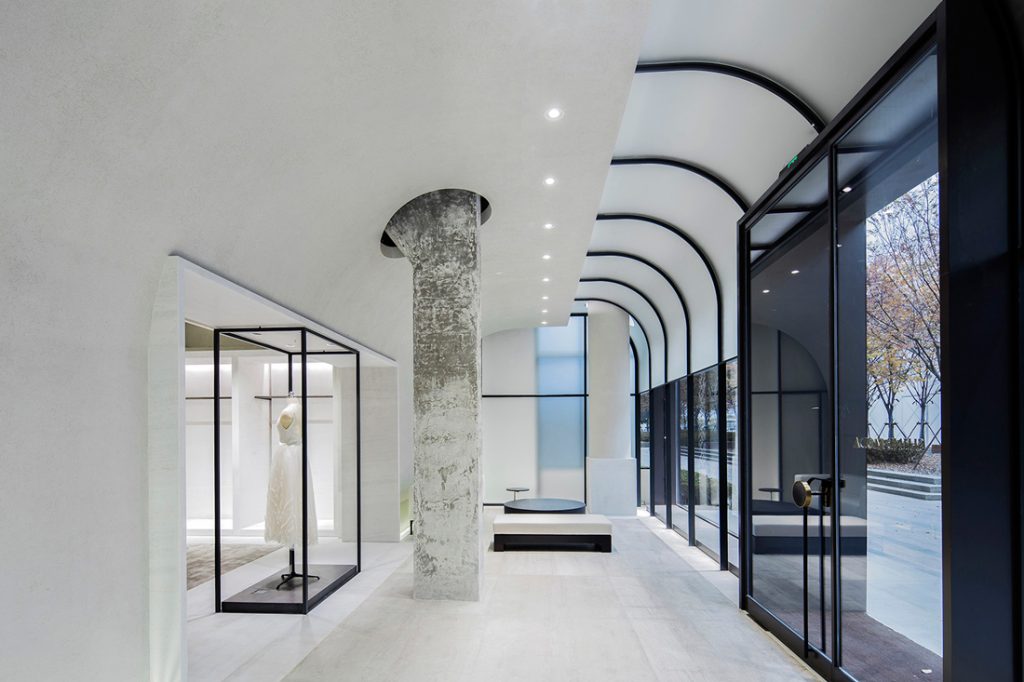
SHINE MODA Bridal Store (Shanghai) by Atelier TAO+C. Shortlisted, The Shopping Space, INDE.Awards 2018.
Chinese architects and designers are positive about connecting with the international industry and professional media resources. There’s an ever-growing interest in global communication. It is this opportunity that Green-Blue International was founded upon. Combing professional opinions and media insights, Green-Blue International is putting a lot of effort into promoting Chinese architecture/design works to international media, awards, platforms, events and channels. We are also marketing global resources, products and practices in the Chinese market. We expect this process to have multiple benefits for every party involved.
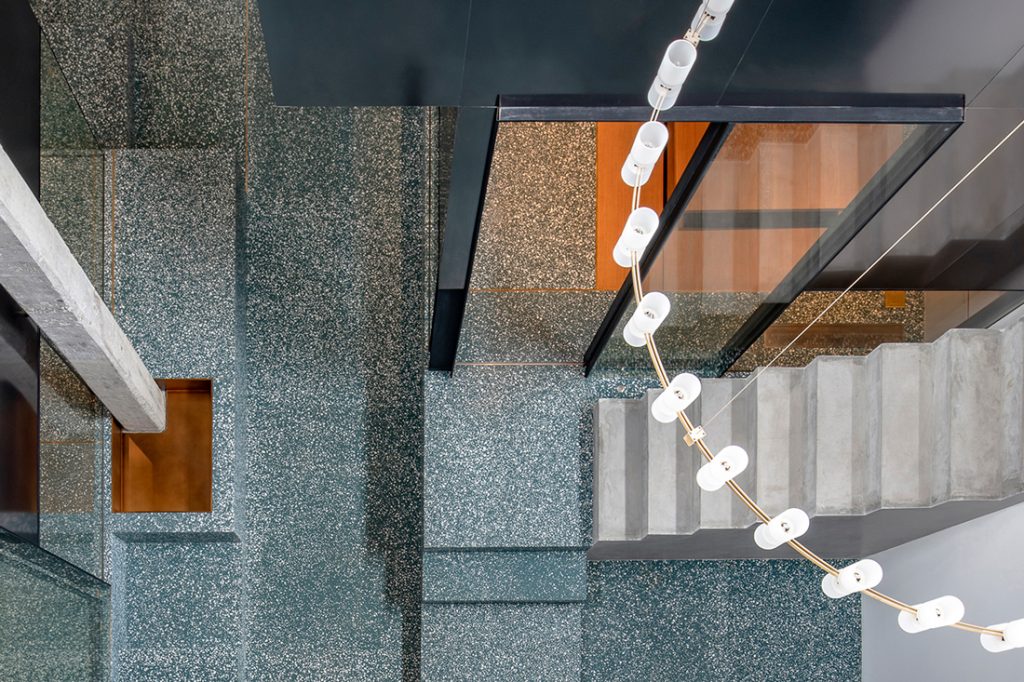
Tingtai Teahouse (Shanghai) by Linehouse. Honourable Mention, The Social Space, INDE.Awards 2019. Photo by Dirk Weiblen.
At present, from the perspective of participation in professional awards worldwide, Chinese architecture and design firms are undoubtedly an important element, being a large proportion of entrants each year. With regard to the INDE.Awards, which focus on a closer geographical area that shares more similar cultural backgrounds and similar social development issues, it is more meaningful to communicate feasible solutions to professional challenges. Doing this highlights its extreme importance of coping with complex regional issues, more and more of which are emerging.
A searchable and comprehensive guide for specifying leading products and their suppliers
Keep up to date with the latest and greatest from our industry BFF's!

With the exceptional 200 Series Fridge Freezer, Gaggenau once again transforms the simple, everyday act of food preservation into an extraordinary, creative and sensory experience, turning the kitchen space into an inspiring culinary atelier.

XTRA celebrates the distinctive and unexpected work of Magis in their Singapore showroom.

The Man x Machine x Material collaboration by Jarrod Lim and The American Hardwood Export Council explores how generative AI can enhance design processes while also revealing the areas where human intuition remains irreplaceable.

In this candid interview, the culinary mastermind behind Singapore’s Nouri and Appetite talks about food as an act of human connection that transcends borders and accolades, the crucial role of technology in preserving its unifying power, and finding a kindred spirit in Gaggenau’s reverence for tradition and relentless pursuit of innovation.

This insightful interview reveals how CCD Singapore plans to lead the luxury design industry through design innovation and adoption of AI technology in creating unique user experience.

Re-interpreting retail design for the future, HAS design and research is leading the way in Hefei, China with a Ligne Roset showroom that is a winter wonderland delight.
The internet never sleeps! Here's the stuff you might have missed

This upcoming panel, Sustainability in Transport Design & Assessing Environmental Impact, will explore the sustainability initiatives at the heart of transport design.

Tucked away, Enoteca Boccaccio is a destination worth seeking – a hospitality venue where the best of Italian culture and cuisine is revered and celebrated.

Nestled amidst the fern gullies and towering Mountain Ash rainforest of the Dandenong Ranges, the new Puffing Billy Railway Visitor Centre emerges as a striking, intentionally rugged structure honouring its geographical context and rich locomotive heritage.